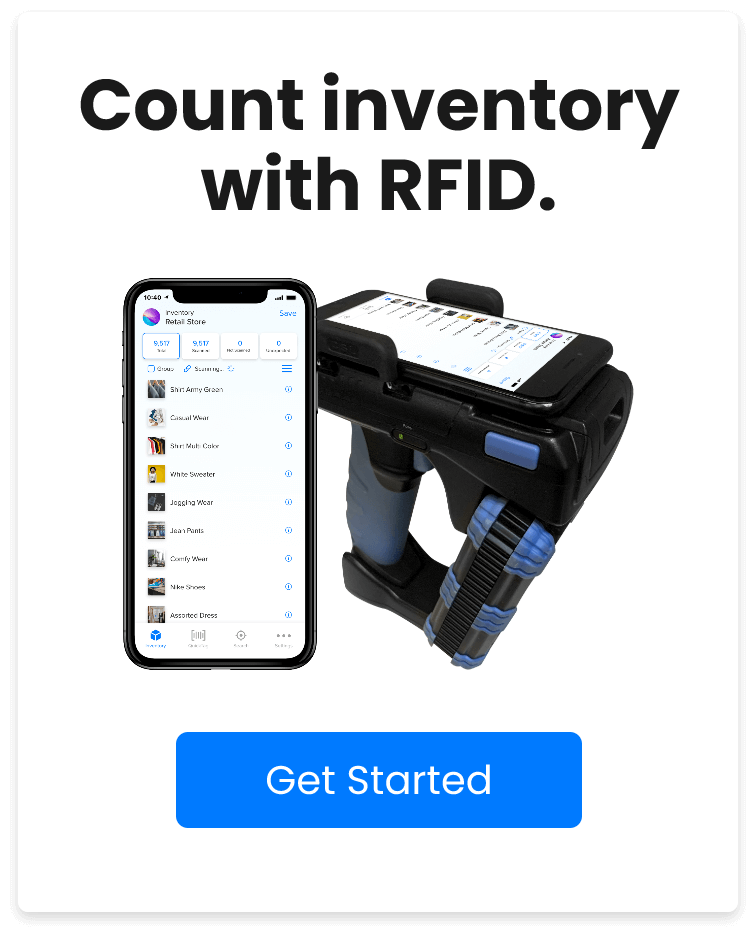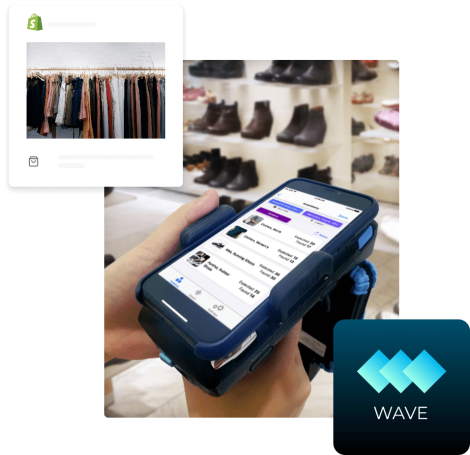Data Center Visibility with RFID (Update Aug 2022)
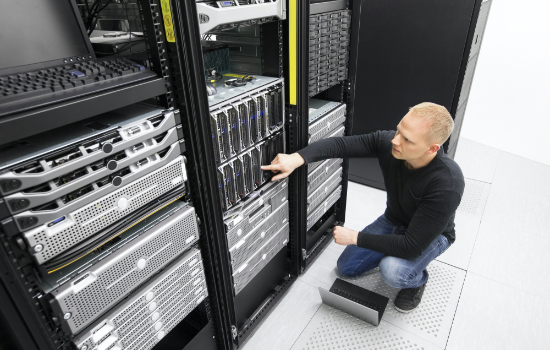
THE PROBLEM
Data Centers track assets using network-attached monitoring systems. However, every few months, you need to physically see and inspect items that are still in the place where they say they are. Someone in accounting will want to ensure the asset tags are verified. Audited.
Traditionally, an inspection/audit takes place by printing an inventory report. 'Asset Management.' 50 items per page. 60 pages. 3,000 items.
Is the audit organized by 'rack'?
- Start at rack 1.
- Flip through the print-out to that rack.
- Start at the top.
- Check off each item on the rack.
Find the barcode (probably on the 'hot side') and scan it. Done! 1 down, 2,999 to go. That only took 15 seconds. Three more days of checking and will be done.
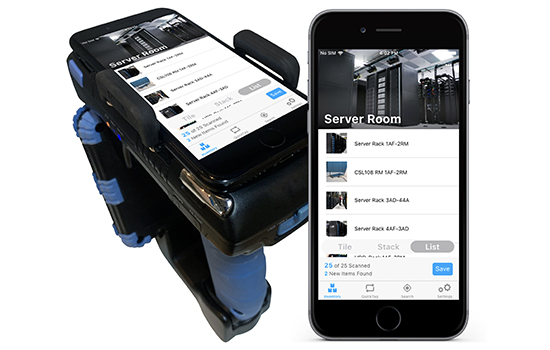
THE SOLUTION
RFID makes counting servers easy, fast, and super-accurate.
Typically, you would tag your servers with a corporate 'asset tag' when installing the server. RFID is the same. You'll use an RFID tag as your asset tag. Associate the server to that tag number.
The difference is all in the audit step. When you use regular barcode or number based asset tags, you don't gain long term speed benefits. Barcodes are great for accuracy, but they don't account for the labor reduction that RFID offers.
Cost Savings for RFID
Tags
| Tag | Cost |
|---|---|
| Barcode Asset Tag | $0.10 |
| SimplyRFiD RAIN RFID Tag | $1.00 |
| Cost Difference | $0.90 ($2,700 on 3,000 tags) |
Audit time
Assuming the loaded rate for a data center tech: $100
| Audit | Time | Cost |
|---|---|---|
| Barcode @ 15 seconds per tag | 12.5 Hours | $1,250 per inventory |
| RFID @ 10 tags per second | 5 minutes | $9 per inventory event |
Assuming a quarterly inventory, RFID will save $2,300 in its first year.
With RFID, you squeeze the trigger on the cold side of your data center. RFID will scan a rack (20-40 pieces of IT equipment) in about 2-5 seconds.
A typical data center can be inventoried in three minutes to 30 minutes with a single SimplyRFiD Wave handheld.
Of course, you'll still need to locate missing items. RFID tells you when things move (found at a new rack location), or by adding in doorway sensors, RFID tells you automatically when an asset left the building.
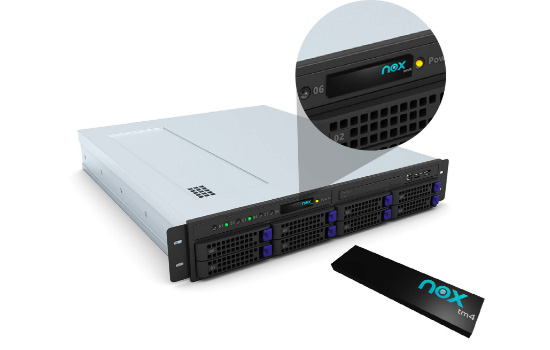
THE PROCESS
RFID Tags
Take a look at our TM4 tags for metal front servers. These are durable, small tags (4 centimeters) and only work well on metal surfaces. Most data centers use TM4 on blades.
The TA454 is excellent if you don't know the surface (metal, glass, plastic, or cardboard). They are a bit larger, but they work on everything. The biggest issue is they are often too large on data center equipment.
Finally our TR800 are great on plastic-front servers. They are a low-cost option if you've got a plastic bezel.
Tagging
-
Place the RFID tag on the server.
-
Use the Wave RFID handheld to scan the server serial number. The barcode scanner built into our Wave system pulls Cisco and HP service and part data (optional service).
Scan the RFID tag placed on the server using Wave QT (QuickTag) to link the product information to the RFID code.
Wave works with our Pogi Server to exchange and store all your data center information.
Auditing
Once you've tagged your items, it's easy to select a location, scan your RFID Tags, and see 'what's missing'. A list of missing servers can be exported or shared via CSV/Excel format.
